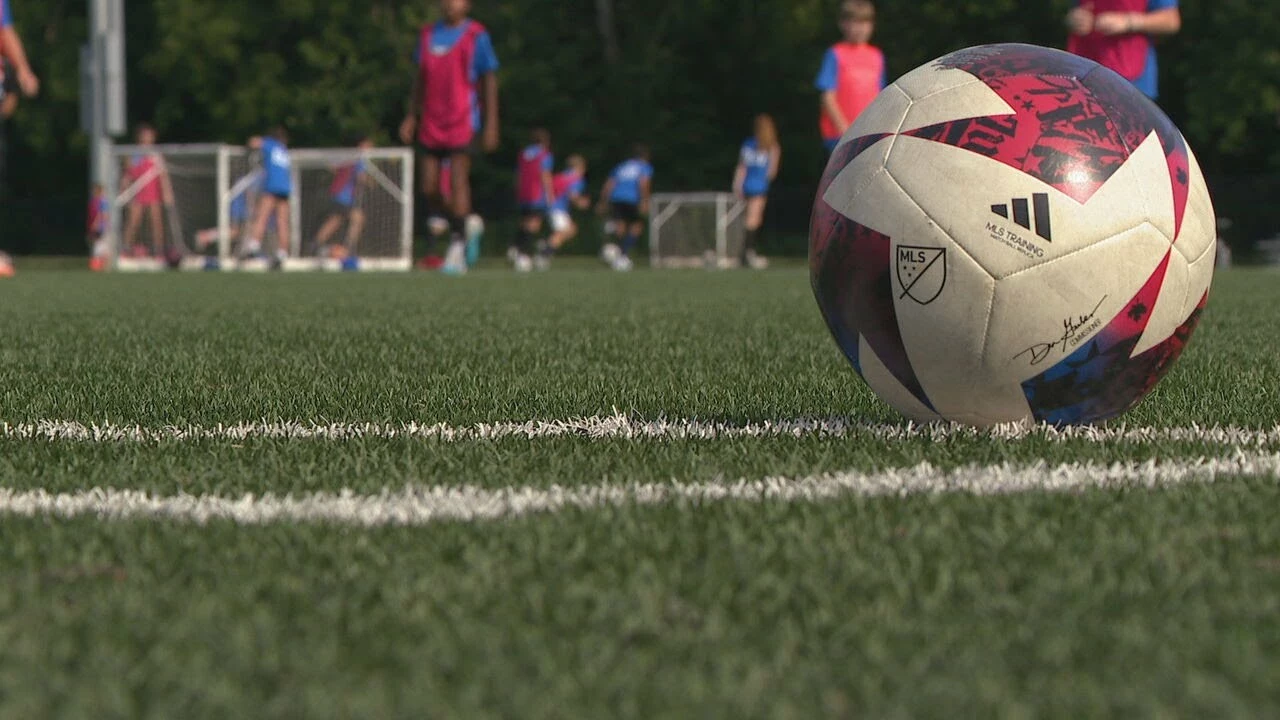Understanding the Draw in Sports: What It Means and Why It Matters
When talking about a draw, a result where both sides finish with identical scores. Also known as a tie, it shows up in many games, especially in soccer, the sport where a 0‑0 or 2‑2 final line is called a draw. A draw isn’t just a boring finish; it reshapes betting markets, changes league tables, and can signal equal team performance. Below we’ll break down why draws happen, what they affect, and how you can read them like a pro.
One of the biggest ripple effects of a draw is on betting odds, the numerical representation of how likely a result is to occur. When bookmakers set odds, they weigh the chances of a win, loss, or draw. If two evenly matched teams meet, the odds for a draw rise, reflecting its higher probability. This means bettors need to understand draw likelihood to spot value bets. In practice, a draw can turn a risky wager into a smart move if you catch the odds at the right moment.
Team performance is the engine behind most draws. If both sides share similar possession stats, shooting accuracy, and defensive records, the match often ends level. Coaches track metrics like pass completion, expected goals (xG), and player fatigue to gauge whether a draw is likely. For example, a team that dominates early but tires out after 70 minutes may settle into a draw as the opposition regroups. Understanding these performance patterns helps fans predict outcomes and gives coaches clues on tactical tweaks.
Key Factors That Shape a Draw
First, player fitness and injury status can push a game toward a draw. When a star striker is out, a team loses its primary goal threat, making it harder to break a deadlock. Second, tactical approaches such as defensive formations or “park the bus” strategies aim to neutralize the opponent, often resulting in low‑scoring ties. Third, environmental conditions—rain, cold, or a slick pitch—can limit attacking flair, nudging both sides toward a stalemate. Each of these variables interacts with the others, creating a web where a draw becomes the most logical result.
Psychology also plays a part. Players may feel pressure to avoid loss in a crucial league match, opting for cautious play. This mindset reduces risk‑taking and favors steady passing over long‑range shots. In turn, the cautious approach affects the betting market, as odds makers adjust for the mental bias toward safety. Recognising the mental component gives you an extra edge when estimating the chance of a draw.
From a fan’s perspective, draws can be frustrating, but they also open doors for thrilling storylines. A late equaliser turns a boring 0‑0 into a dramatic finish, shifting the post‑match analysis entirely. Media outlets love such twists, and they often spark debates about whether a draw was deserved or a missed opportunity. This narrative angle fuels discussion on forums and social media, keeping the conversation alive long after the final whistle.
Finally, league structures and point systems influence how teams approach a draw. In competitions where a win awards three points and a draw just one, some managers may push harder for a win, while others settle for the single point to stay safe. This strategic choice feeds back into betting odds, as markets anticipate whether a team will gamble for victory or play it safe for the draw.
All these pieces—performance data, injuries, tactics, psychology, and league incentives—interlock to shape the likelihood of a draw. By watching them together, you’ll be better equipped to read the game, spot betting opportunities, and appreciate why a draw is more than just a neutral result. Below, you’ll find a curated list of articles that dig deeper into each of these angles, from soccer draw statistics to betting strategies and injury‑impact analysis.
